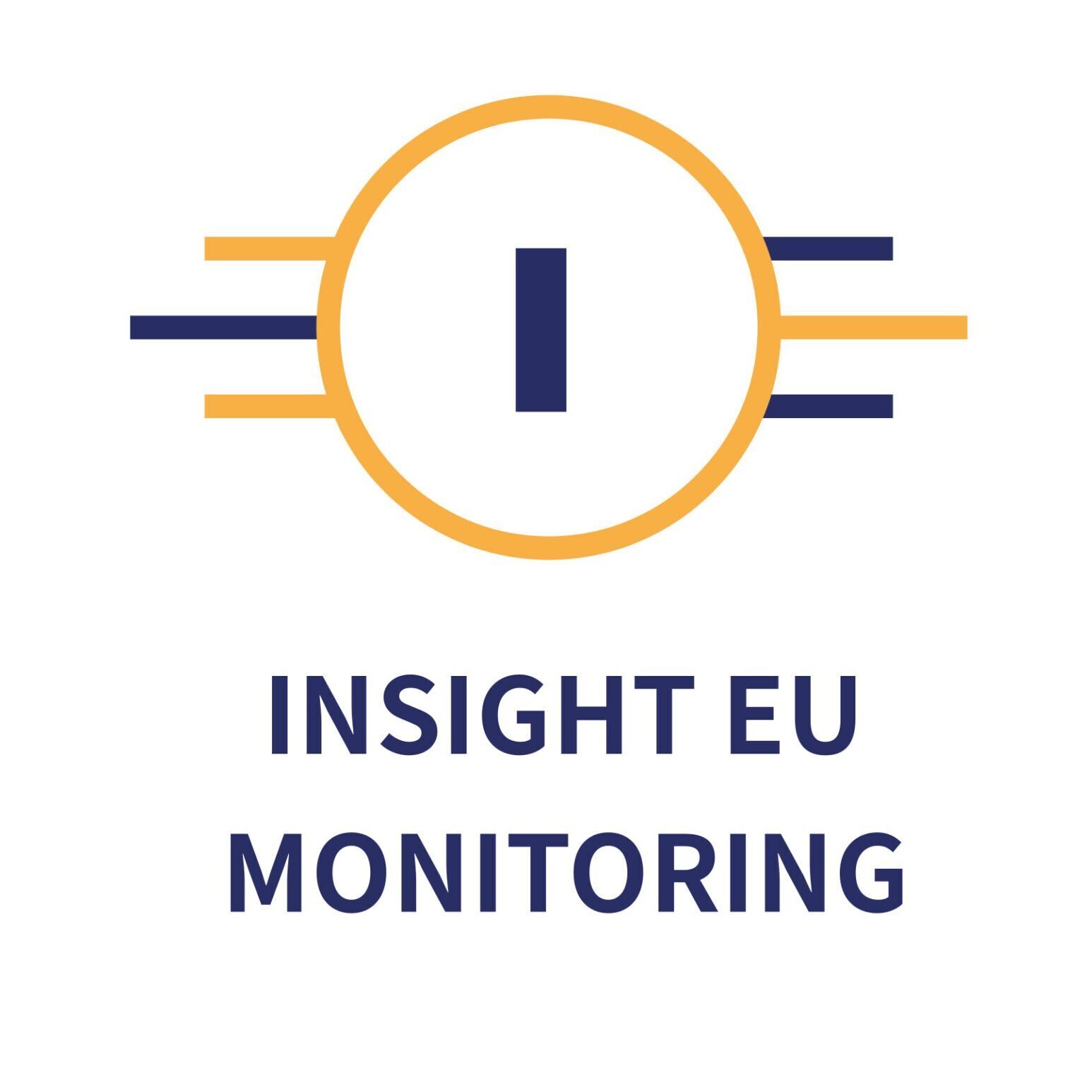18 Oct 2021
The three European Supervisory Authorities (ESAs) – the EBA, EIOPA and ESMA – published today their individual reports on the supervisory independence of competent authorities (CAs) in their sectors. Based on the CAs’ self-assessment, the three reports highlight that the independence of CAs is multi-faceted and dependent on a number of legal, institutional, operational and cultural factors.
The three reports take stock of the factual situation on CAs’ independence along key angles, namely, operational, financial and personal independence as well as accountability and transparency. The reports seek to factually represent the arrangements and practices reported by CAs without assessing the independence of individual CAs.
Key trends
CAs state that they are independent authorities, operating independently on a day-to-day basis, with sufficient financial and personal independence, and an adequate framework for ensuring accountability and transparency. However, the precise approach and framework reported by CAs frequently varies. For instance:
- On operational independence, while the vast majority of CAs are established as independent bodies, a few are established under the aegis of a ministry and a limited number are required to reply to requests made by certain public bodies, such as Ministers. Not all CAs report being in a position to hire staff at the level needed for the fulfilment of their supervisory tasks.
- On financial independence: while almost all CAs reported adequate funding, a variety of funding models are in operation with some being subject to centralised government budget rules and a few allowing for the creation of reserves.
- On personal independence: while a framework is in place in most CAs, there are differences on aspects such as terms of office and removal conditions for CAs’ senior management and board members, management of conflicts of interest, cooling-off periods and legal protection for staff.
- On transparency and accountability: CAs typically ensure public transparency through the publication of documents such as annual reports or financial statements, disclosing supervisory measures taken, and through duties to report periodically on their activities to a government entity or democratic assembly. Some publish documents in English as a way to enhance transparency.
Since January 2020, the ESAs have the clear task of fostering and monitoring supervisory independence. The three ESAs have, therefore, closely coordinated their work to examine how key aspects of supervisory independence have been incorporated into the governance and activities of CAs.
Next steps
The reports can support CAs in assessing whether it might be desirable to seek any legislative or regulatory amendment to further improve the framework underpinning their independence.
They provide ESAs with valuable information that may be considered for any future work in the field of supervisory independence.
In addition, the reports may be used by the European Commission as input for its own report on the independence of CAs that it is preparing under the review clauses of the ESAs founding regulations.
Source – ESAs: https://www.eiopa.europa.eu/media/news/european-supervisory-authorities-publish-sectoral-reports-supervisory-independence-of_en
